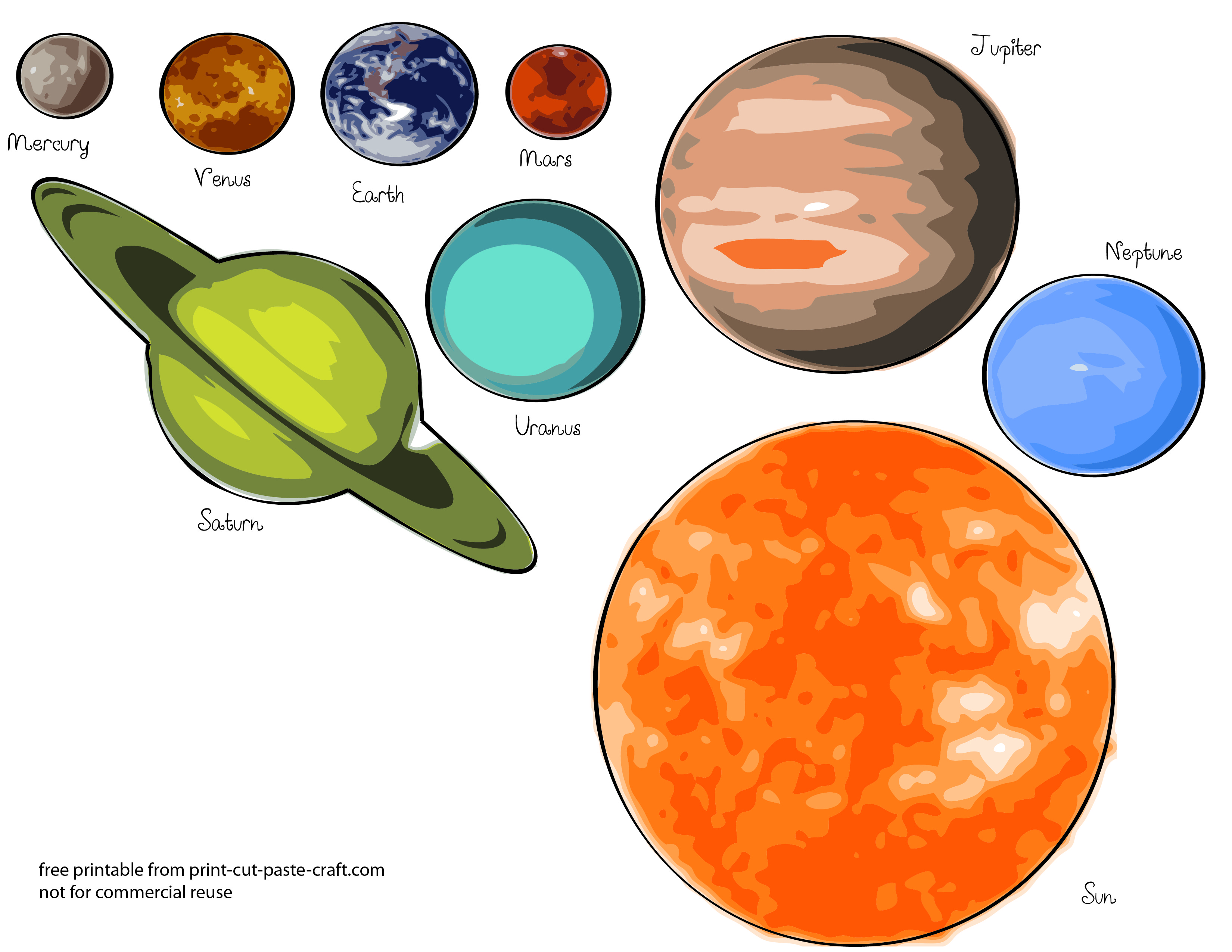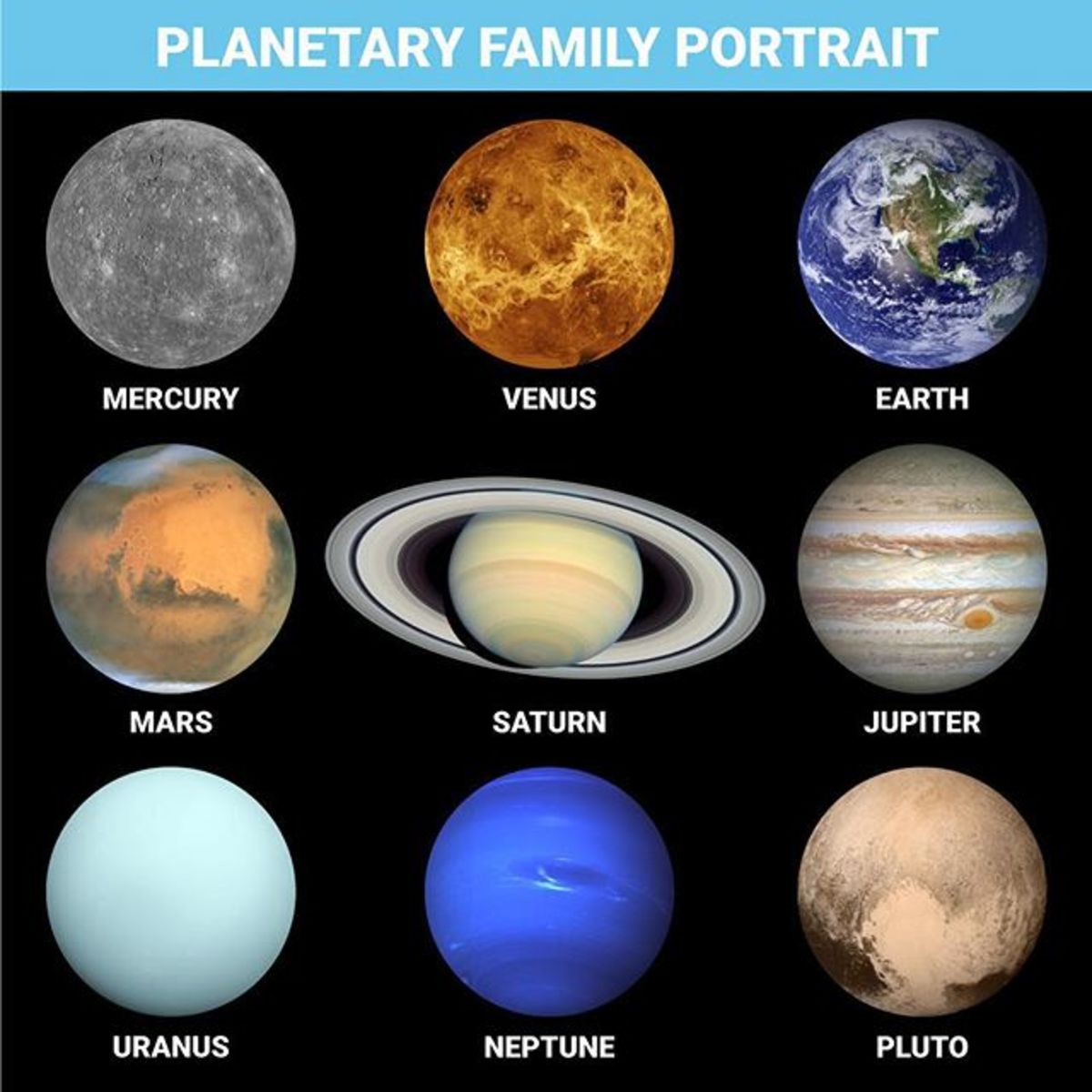What Is The Color Of The 8 Planets In Order Like a baby photo the brightly colored lights show infant planets in the making There are 450 light years between Earth and LkCa15 a young star with a doughnut shaped protoplanetary disk around it also known as a birthplace for planets This composite image of the young star system LkCa15 is the first photo of several planets being formed
Visualizations by Our solar system is made up of a star the Sun eight planets 146 moons a bunch of comets asteroids and space rocks ice and several dwarf planets such as Pluto The eight planets are Mercury Venus Earth Mars Jupiter Saturn Uranus and Neptune Mercury is closest to the Sun Neptune is the farthest Nov 29 2023 Leer en espa ol Astronomers have discovered six planets orbiting a bright star in perfect resonance The star system 100 light years from Earth was described on Wednesday in a
What Is The Color Of The 8 Planets In Order
 What Is The Color Of The 8 Planets In Order
What Is The Color Of The 8 Planets In Order
https://i.pinimg.com/originals/6b/30/fd/6b30fd819818c7dbdc0caf14e8adbda6.jpg
Advertisement In 2020 astronomers discovered a pair of resonant planets around the star HD 110067 about 100 light years away using the Transiting Exoplanet Survey Satellite TESS But Luque
Pre-crafted templates provide a time-saving option for developing a diverse variety of documents and files. These pre-designed formats and designs can be made use of for various personal and professional jobs, consisting of resumes, invites, leaflets, newsletters, reports, discussions, and more, enhancing the material creation process.
What Is The Color Of The 8 Planets In Order

Solar System Clipart For Kids Free Printable Clipartfest Clipartix

4 2

Solar system Great Prince Of Heaven

Planets In Solar System 301382 Vector Art At Vecteezy

Pictures Of Planets In Order Elegant Planets In Order From The Sun

Solar System Planets In Order And Name Them

https://www.explainingspace.com/colors-of-the-8-planets-in-solar-system/
The colors of the 8 planets in our solar system are mainly determined by composition For instance with terrestrial planets the appearance is grey but it can also be determined by the main oxidized minerals in the composition Besides composition the atmosphere heavily impacts the color we see because of the way it reflects sunlight and how

https://littleastronomy.com/what-color-are-the-planets/
The continents are brown and if you are close enough you can see some of the clouds in white Earth looks blue from space because the water in the oceans reflects blue light And since the oceans cover about 70 of the planet s surface then blue becomes the predominant color

https://exoplanets.nasa.gov/resources/141/visible-light-color-of-planets-plot/
This plot compares the colors of solar system planets to the color of the hot Jupiter class planet HD 189733b With the exception of Mars the colors are primarily determined by the chemistry of the planets atmospheres Earth s blue atmosphere plus the blue tint of the oceans dominate our world s hue HD 189733b s deep blue color is produced

https://science.nasa.gov/resource/our-solar-system-2/
Our Solar System Our solar system is made up of a star the Sun eight planets 146 moons a bunch of comets asteroids and space rocks ice and several dwarf planets such as Pluto The eight planets are Mercury Venus Earth Mars Jupiter Saturn Uranus and Neptune Mercury is closest to the Sun Neptune is the farthest

https://www.cnn.com/2023/11/29/world/six-exoplanets-resonance-scn/index.html
This artist s concept shows what the exoplanet WASP 17 b could look like WASP 17 b also called Dits is a hot gas giant that orbits its star at a distance of just 0 051 AU about 4 75
Six Planets The outermost planet of the three planets initially found takes 20 5 Earth days to orbit its star 1 5 times the next star inwards which takes 13 6 Earth days 1 5 times the next one Nov 29 2023 Article The discovery Six planets orbit their central star in a rhythmic beat a rare case of an in sync gravitational lockstep that could offer deep insight into planet formation and evolution Key facts A star smaller and cooler than our Sun hosts a truly strange family of planets six sub Neptunes possibly
The Solar System is the gravitationally bound system of the Sun and the objects that orbit it The largest of these objects are the eight planets which in order from the Sun are four terrestrial planets Mercury Venus Earth and Mars two gas giants Jupiter and Saturn and two ice giants Uranus and Neptune The Solar System developed 4 6 billion years ago when a molecular cloud was